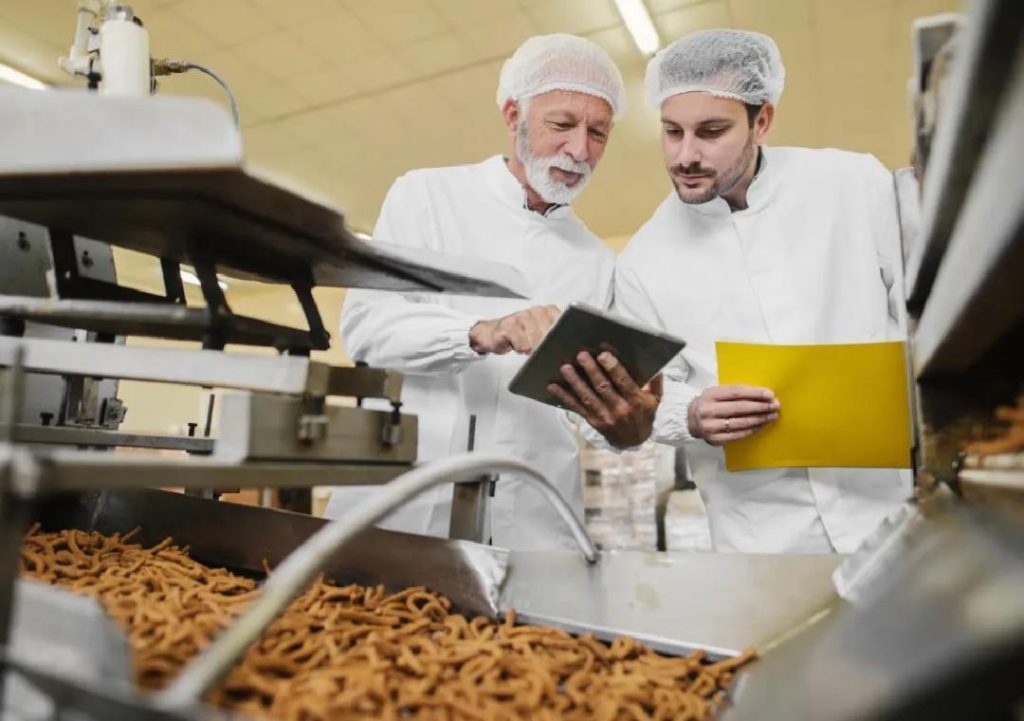
Can P&L Optimisation Redefine Success in Food Technology?
The food technology industry has witnessed a significant transformation in recent years, driven by advancements in automation, data analytics, and inventory management. As companies strive to remain competitive, profitability has become a top priority. Profit and Loss (P&L) optimisation has emerged as a crucial strategy for food technology businesses to achieve sustainable growth, boost margins, and stay ahead of the curve.
The Need for P&L Optimisation
Food technology companies operate in a highly competitive market, where margins are often slim. To stay profitable, businesses must carefully manage their financial operations, ensuring that costs are minimised and revenues are maximised. P&L optimisation is the process of streamlining financial operations to achieve this goal. By optimising P&L, companies can reduce waste, improve demand forecasting, and make better-informed decisions.
Automation: The Key to P&L Optimisation
Automation plays a vital role in P&L optimisation. By automating financial processes, companies can reduce errors, improve accuracy, and increase efficiency. Automated systems can handle tasks such as invoicing, accounts payable, and accounts receivable, freeing up staff to focus on higher-value activities.
One of the most significant benefits of automation is the ability to reduce waste. In the food industry, waste is a significant concern, as it can lead to food spoilage, increased costs, and negative environmental impacts. Automated systems can help identify areas where waste can be reduced, such as over-ordering or over-production, and provide insights to make data-driven decisions.
Smart Inventory Systems: The Future of Food Technology
Smart inventory systems are another crucial component of P&L optimisation in food technology. These systems use data analytics and machine learning to track inventory levels, predict demand, and optimise storage and logistics. By leveraging real-time data, companies can reduce stockouts, overstocking, and waste, while also improving customer satisfaction and loyalty.
Smart inventory systems can also help companies identify trends and patterns in consumer behavior, allowing them to adjust their production and distribution strategies accordingly. For example, a company that produces artisanal cheeses may use smart inventory systems to track demand for different varieties and adjust production levels accordingly.
Data Analytics: The Power of Insights
Data analytics is the backbone of P&L optimisation in food technology. By leveraging data analytics, companies can gain insights into their financial performance, identify areas for improvement, and make data-driven decisions.
Data analytics can help companies identify trends and patterns in their financial data, such as fluctuations in revenue or changes in customer behavior. By analyzing this data, companies can adjust their pricing strategies, production levels, and marketing campaigns to maximise profitability.
Scalable Models: The Key to Sustainable Growth
P&L optimisation is not a one-time achievement, but rather a continuous process. To achieve sustainable growth, companies must adopt scalable models that can adapt to changing market conditions and consumer behavior.
Scalable models are designed to be flexible and adaptable, allowing companies to respond quickly to changes in the market. By adopting scalable models, companies can reduce costs, improve efficiency, and increase profitability, while also staying competitive in the industry.
Conclusion
P&L optimisation is a critical component of success in food technology. By streamlining financial operations, companies can reduce waste, improve demand forecasting, and support better decisions. Automation, smart inventory systems, and data analytics are the keys to P&L optimisation, providing companies with the insights and tools they need to achieve sustainable growth and stay competitive in the industry.
As the food technology industry continues to evolve, companies that adopt P&L optimisation strategies will be better positioned to succeed. By leveraging automation, smart inventory systems, and data analytics, companies can redefine success in food technology and achieve long-term profitability and growth.
Source:
https://www.growthjockey.com/blogs/p-and-l-operations-in-food-tech






